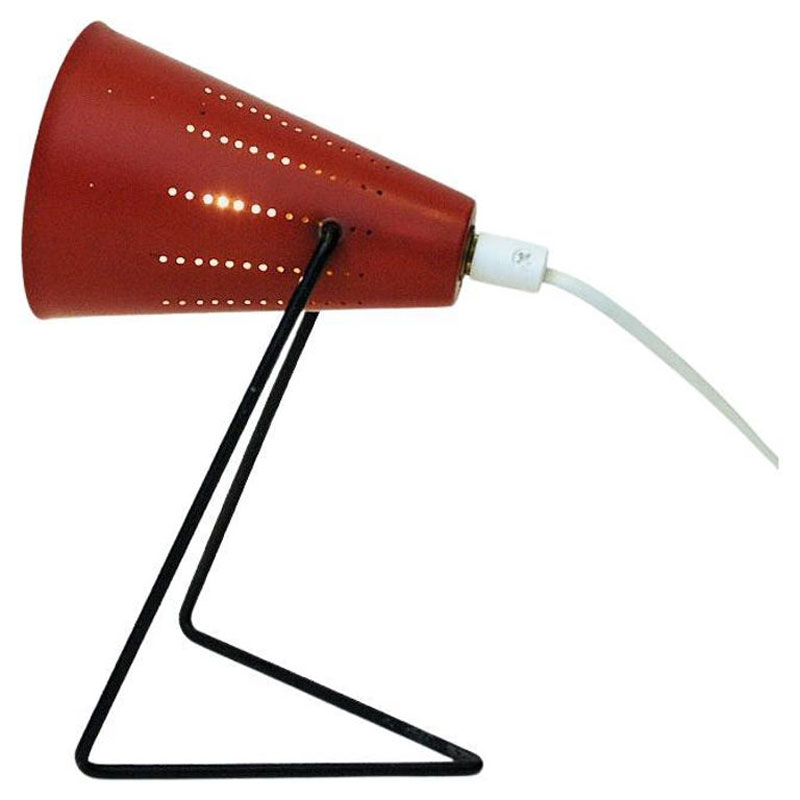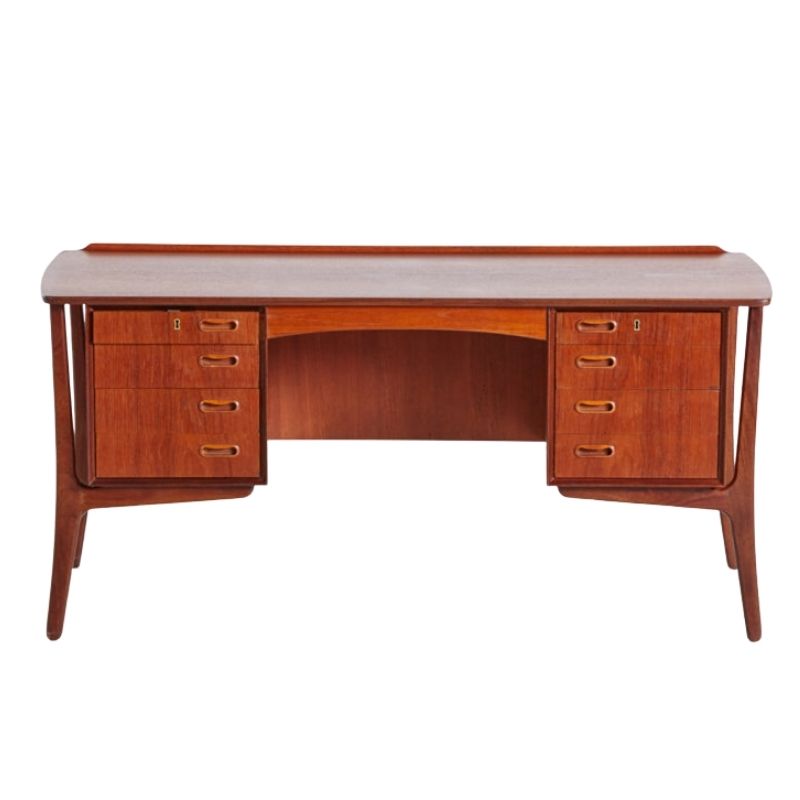Well, thank you, Mark.
But (you ask) why should the table appear as yellow as a stick of butter in some photos, and plain-Jane maple tan in others ?
For one thing, exterior light temperature is usually a lot cooler (at mid-day, anyway) than interior lighting. More essentially, the prefinished bamboo flooring is quite yellow. Most of the surfaces visible in an upright view are bamboo rather than maple; the leg posts are maple, as are the longitudinal beams -- six in number, including the bridge.
Moreover, the edges of the bamboo panels are finished with the same adhesive as was used in the structural lamination of those bamboo parts (top and leg panels), namely Titebond II aliphatic resin. This glue dries to a strong egg-yolk yellow color.
So, the Golden Girl is only a maple-and-bamboo workhorse -- with a certain spine, and even some flair, perhaps ?
Thanks, Leif
I'm curious to know if and how others are using this material. I needed a heavy-duty surface and (simultaneously) am working with a minimum of equipment. A good table saw, my happy little Delta planer, and a bad jointer -- plus router table and cut-off saws -- allowed me to produce this "product." The flooring was laminated to itself, back to back, after planing that surface -- with an interlayer of 1/8" lauan ply -- to make a balanced panel. I used the same Titebond II adhesive as a finish coat to the edges of the bamboo parts. The hard maple received two coats of oil-based satin polyurethane.
The whole affair is an experiment in material and in form. Doing duty in a nice local café will give it some exercise -- and some exposure, too !
I'm looking forward to further use of prefinished hardwood flooring for table surfaces and other parts. How have you used it, may I ask ?
The difference in appearance between an available-light photo and one using the automatic flash -- on my 10-yr-old 2 MP Canon -- is interesting. The design is from an imaginary series called Indoor Picnic Tables. The cranked legs with their odd wedge-shaped post resulted from a wish to have the feet pointed outboard -- for stability -- when the table is folded. The next table will likely have a tubular aluminum post with foot and "arm" elements fastened to it at the desired angles in plan . . .
I'm very happy to see
solid surface material used in this way. Too bad the substance wasn't available when Saarinen designed his Tulip pieces; all those chipped laminate tops would never have vexed subsequent owners as they do . . . !
Corian and its clones would make excellent furniture-base material, too, it seems to me; the recessed kick portion of many a case piece would be better dressed and longer-lasting than with other materials.
Wow Manp!!
You are quite gifted. Those two pieces are exquisite! Such talent.
Aunt Mark
ps SDR, I'm normally not a fan of corian, but I must admit how perfectly married it is to Manp's table. I have a Knoll formica tulip 42"?? kitchen table up in the midwest...and the top is simply unlike any formica I've ever experienced. It has a buttery smooth texture that seems to get better with age. If only my face were so lucky.
Formica has
a chance -- until it's abused. I just helped a friend turn an extension-leaf wood-grain laminate table into some kind of artist's table -- tall legs, two of them fluted classical form (with casters) and a panel at the other end -- painted to match something in the room -- all greys and white, when I got there. Now the client thinks the (found) laminate -- a heavy-wire-brushed-effect wood image in gray with black and white highlights -- needs to be changed. The whole point of the piece was that laminate, as found on the table ! Getting it off of plywood, including built-up plywood skirts, would be murder, after at least three decades. And there's no such thing as laminating over the existing . . . !
So good to see folks making stuff, did you find the bamboo harsh on your saw SDR? I vaguely remember (try to forget the place) putting formica over formica from a place I worked at years ago and it seemed to be normal practice, though I'd try and scuff the surface with an orbital or use penterol or something. This is my latest, still a WIP, wanted something like the Nelson bench but with a bit more air in it. The timber is a regrowth Eucalypt and the worlds tallest flowering plant so the fibres are very long and can get away with slenderer slats only supported by that contrasting timber. I routed some nice sliding dovetails to connect them all which looked good but for some reason ditched that and redid it with a straight dado. I'm not happy with the legs (should have left that tenon a little proud) but they did force me to make a jig for loose tenon angled bridle joints that will come in handy for a Borge Mogensen-ish chair I'm working on. And this is another bench I did a while ago, stupidly got wd40 on the first coat of black which left disgusting fisheye spots all over the second coat so its a mess atm and is awaiting attention, the legs look very slender but the whole thing is pretty rigid with a spine running underneath connected with bolts. This is just a render but its how it looks assembled. Building the mold for the curved ply was a bitch but came out well and will be able to use that curve for some scoop like chairs I want to make sometime.
If you need any help, please contact us at – info@designaddict.com









